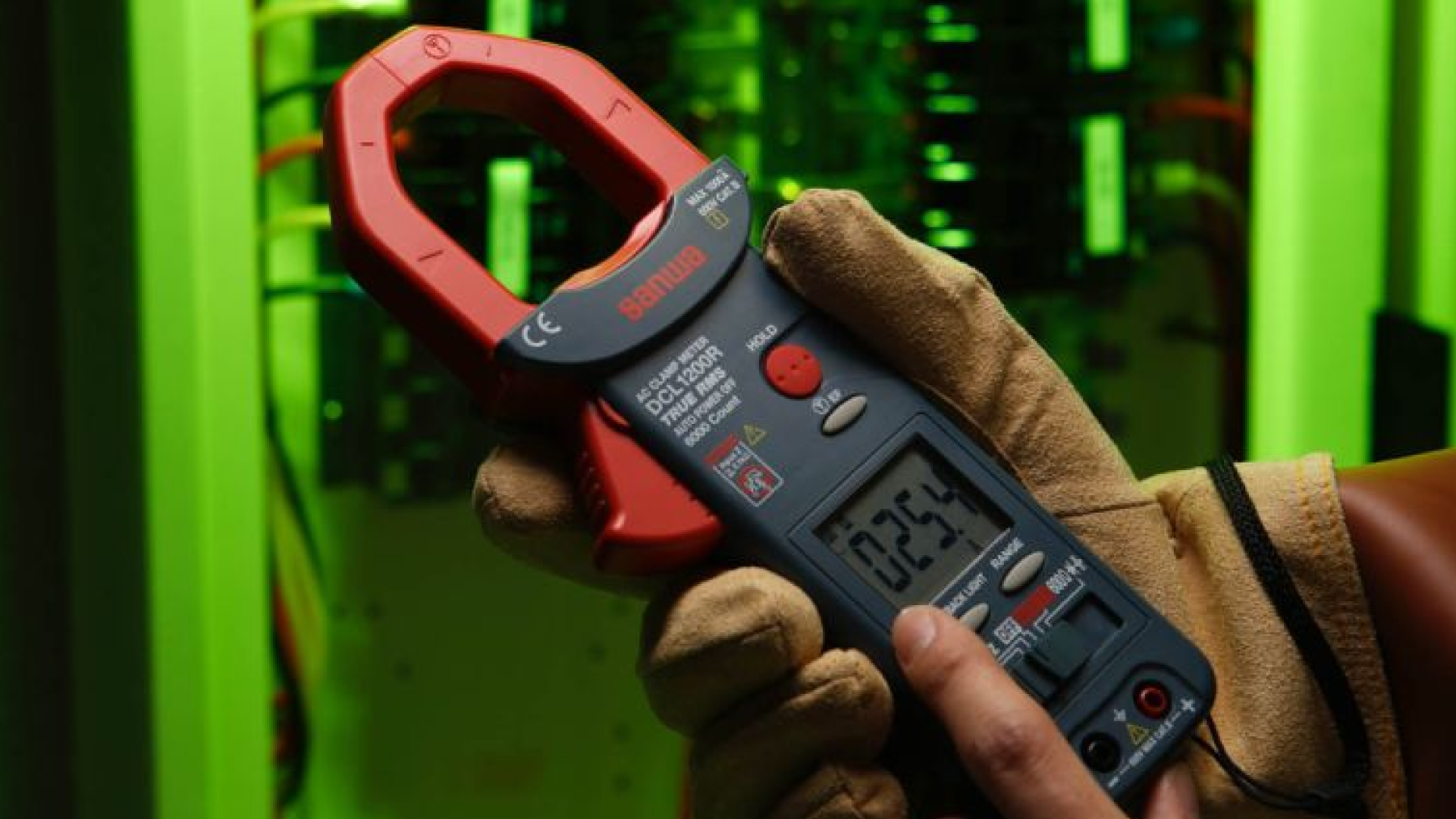
In the world of electrical measurements, accuracy and safety are crucial. Whether you’re a professional electrician, an engineer, or a DIY enthusiast, one tool that often stands out for its versatility and ease of use is the clamp meter. But what exactly is a clamp meter, and why is it an essential instrument for electrical testing?
In this blog, we’ll break down what a clamp meter is, how it works, its types, and the benefits of using one.
🔧 What is a Clamp Meter?
A clamp meter is an electrical test tool that combines a basic digital multimeter with a current sensor. It is used primarily to measure the current flowing through a conductor without having to disconnect it.
Unlike traditional multimeters, which require you to make contact with a wire to measure current, a clamp meter features a hinged jaw that clamps around a conductor, making it possible to measure current safely and conveniently without interrupting the circuit.
⚙️ How Does a Clamp Meter Work?
Clamp meters work on the principle of electromagnetic induction. When current flows through a conductor, it generates a magnetic field. The clamp jaws, which are shaped like a split-core transformer, detect this magnetic field and convert it into a measurable value displayed on the screen.
Modern clamp meters also include features to measure:
-
Voltage (AC/DC)
-
Resistance
-
Continuity
-
Frequency
-
Temperature (in some models)
-
Capacitance
🧰 Common Types of Clamp Meters:
-
AC Clamp Meter: Measures alternating current only.
-
AC/DC Clamp Meter: Measures both alternating and direct current.
-
Flexible Clamp Meter: Uses a flexible current probe for measurements in tight spaces.
-
True RMS Clamp Meter: Provides accurate readings even for non-linear or distorted waveforms.
💡 Key Benefits of Using a Clamp Meter:
-
Non-Invasive Testing: No need to break the circuit to measure current.
-
Enhanced Safety: Reduces the risk of electrical shock.
-
Time-Saving: Faster current measurement, especially in busy panels.
-
Multifunctional: Combines multiple measurement capabilities in one tool.
-
Portable & User-Friendly: Lightweight, handheld, and easy to use.
🧑🔧 Where is a Clamp Meter Used?
Clamp meters are widely used across various industries and applications:
-
Electrical troubleshooting and maintenance
-
HVAC systems inspection
-
Industrial machinery monitoring
-
Renewable energy systems (like solar panels)
-
Automotive diagnostics
-
Construction site electrical checks
📌 Tips for Using a Clamp Meter Safely:
-
Always check the meter’s CAT rating to match your application.
-
Make sure the meter is set to the correct function before testing.
-
Do not clamp around more than one conductor if you’re measuring current.
-
Use personal protective equipment (PPE) when working with high voltages.


